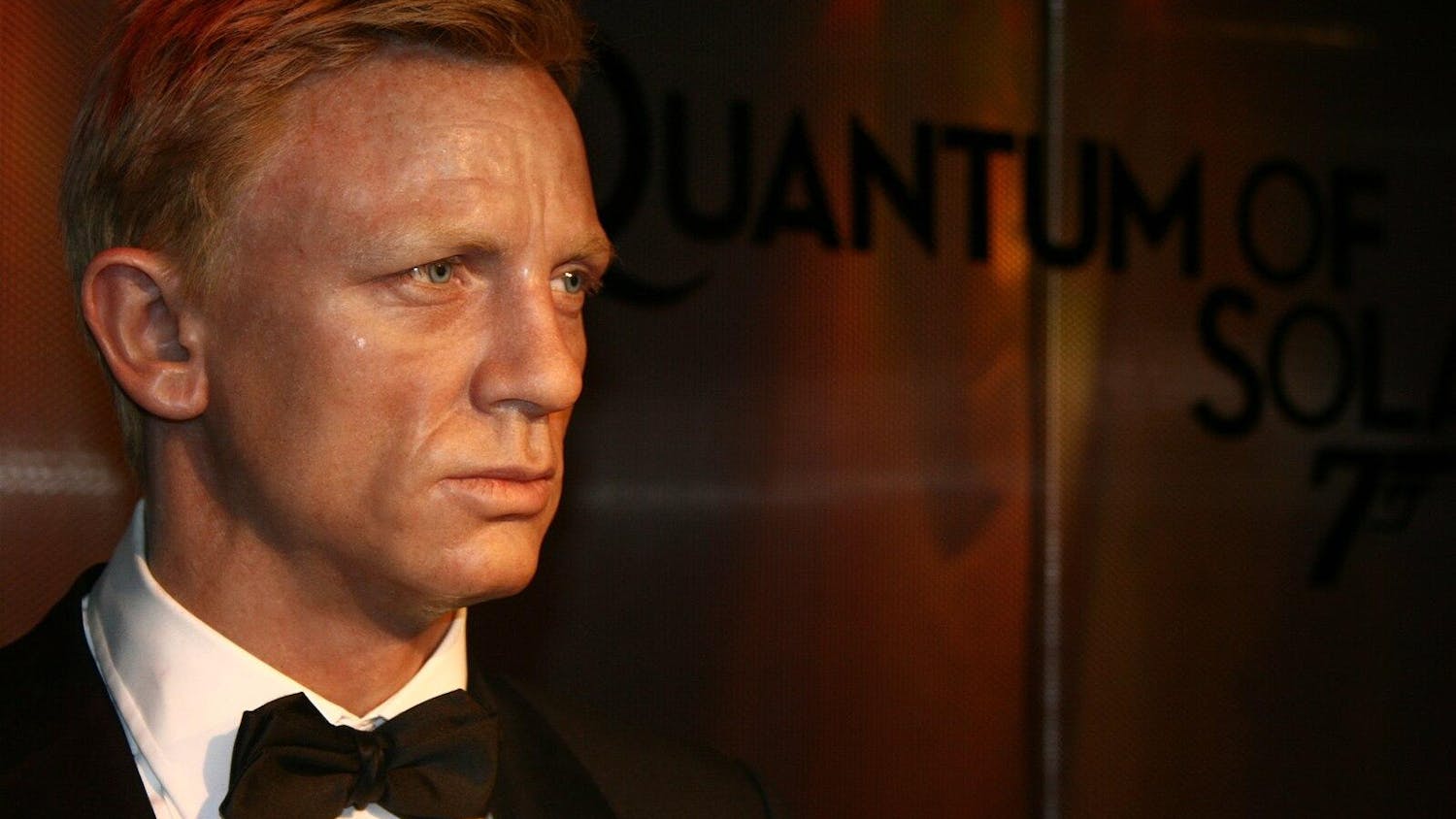Content warning: This review contains spoilers and mentions death and grief.
“Lamb” (2021), a film both praised and condemned for its weird animalistic premise, was surprisingly boring and emptily delivered albeit in a beautifully crisp package of Icelandic nature. The film, Valdimar Jóhannsson’s directorial debut, is so assured in style and yet flounders when it comes to substance and plot. The lingering shots which create echoes of silence and emptiness throughout are left meaningless when symbols remain underexplained, passive and unfinished. It is hard to feel immersed in the world, and with this one-foot-in, one-foot-out mentality, the story is far from gripping or emotive.
“Lamb” follows farmers María and Ingvar as they mourn their stillborn child. When a human/sheep hybrid infant is born on their farm, they raise it with the name Ada, intended for their own child. Despite bizarrely using Ada to work through their grief, they simply continue on with life. There is a minute change in atmosphere, but the changes are minuscule, told only sparsely through images and maybe one concrete line of dialogue, so not a lot of growth is really shown or expressed. The mood changes, but the subtlety of the change and the glacial pace the film follows makes it hard to appreciate.
The film as a whole begs the question: What happens when a symbol — namely Ada — is unsymbolic? How are we, the audience, meant to connect with the story, when the story itself is so disconnected and vignette-like in nature? The slice-of-life framework that “Lamb” follows necessitates unto itself a lack of major conflict or expository dialogue. Perhaps if the film ended with an understanding of what has changed and what the characters had learned, the slowness could be justified, but the ending is a total 180 that not only comes out of nowhere, but leaves the film totally unfinished.
This isn’t to say that every movie needs a reason for existing; movies are abstract and visual constructions that can function according to the filmmaker’s vision. However, if a movie focuses on a specific problem, the deep emotional wound of losing a child in this case, and then throws it away for a cheap non-payoff that introduces something new sans explanation, it feels overwhelmingly pointless. Paired with the lack of intention felt within the surface-level “weirdness” of the central figure/symbol, it’s hard to justify the choices made. The weirdness of the lamb symbol isn’t enough to make the film interesting, and the oddities don’t translate into the deep realism that is otherwise told.
While the raison d'être is severely lacking, the visuals are almost enough to make up for this. The crisp farmland and openness of the Nordic sky work well to place the story in its very own and introspective setting. The cinematography heightens each shot to see the most beautiful version of reality. The CGI used for Ada goes unnoticed, adding to the realistic visuals. The acting is minimalist, which furthers this surface-level feeling of beautified reality. However, the clear talent that went into the making of the movie cannot save it from its own emptiness.
For a movie marketed as a horror/fantasy folktale, the film is ultimately a poor imitation on all counts. Minimalism, when applied to story, dialogue and cinematography, and when paired with a long run time, is an inevitable but unfortunate recipe for a boring and hollow movie.






